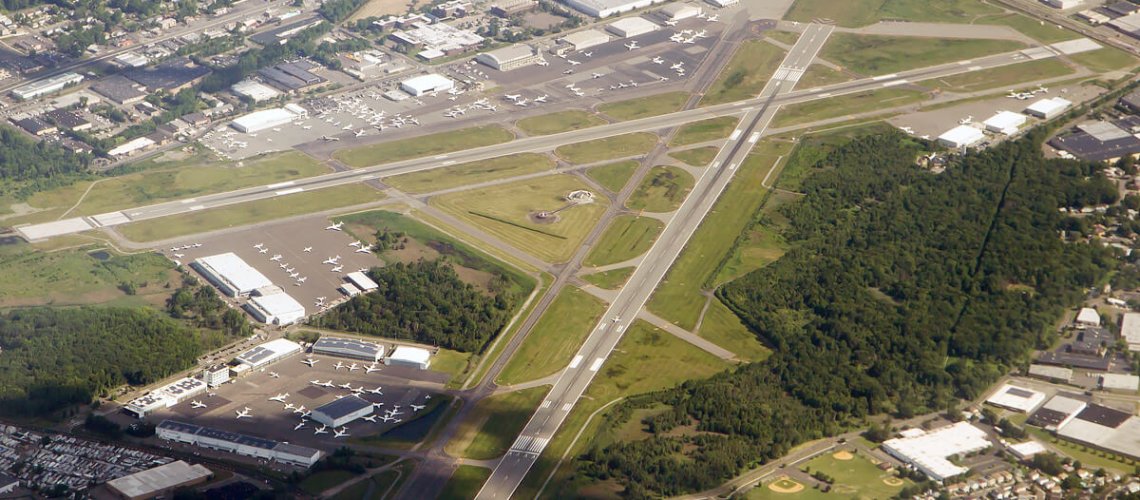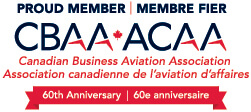We have discussed mission considerations in the selection process in, 3 TIPS THAT WILL MAKE AIRCRAFT SELECTION EASIER. We will now answer 4 very important questions that need to be asked and answered when evaluating operationally suitable airports. There are many factors that may make an airport suitable for your use, the location’s convenience, the airport may be close to your business or home maybe it is centralized to where you travel.
Is the Runway long enough for my Aircraft?
There are many factors that are looked at prior actual an take-off and landing are attempted. As we evaluate aircraft we need to look at the runway performance to ensure that the airport you wish to call home has a suitable length runway. Each aircraft have a minimum runway length that it can service. This applies to both landing and take off distances.
Here are some samples of different aircraft and the minimum runway length required:
| Aircraft | Type | Takeoff Field Length | Landing Distance (length) |
| Piper Navajo | Multi- Engine Piston | 2,700ft (823m) | 3,000ft (914m) |
| Twin Otter | Multi- Engine Turboprop | 1,200ft (366 m) | 1,050ft (320 m) |
| Pilatus PC-12 | Single Engine Turboprop | 2,600ft (793 m) | 2,170ft (661 m) |
| King Air 350 | Multi- Engine Turboprop | 3,300ft (1,006 m) | 2,692ft (821 m) |
| Challenger 605 | Multi-Engine Mid Sized Jet | 5,840ft (1,780m) | 3,833ft (1,168m) |
| Gulfstream 450 | Multi-Engine Large Jet | 5,600ft (1,707 m) | 3,260ft (994 m) |
As you can see the required runway length varies by type.
Does the airport have a hanger that will fit the aircraft?
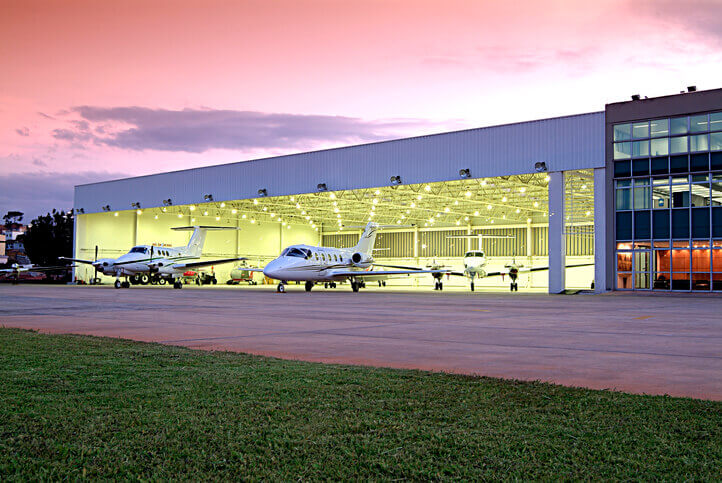
We have determined that the runways at the airport are suitable, now we need to be sure that there is hanger space. When you store your aircraft in a hanger you are protecting it from the elements, this is not only important in the winter to keep the snow and ice off but extreme cold can be hard on the instrumentation, it but in the summer as well. The sun’s UV is hard on the paint, interior and the instrumentation.
Often the hanger space is operated by fixed base operators (FBOs) these operations not only provide hangarage but other support services .
Signature is a company that has FBOs all over the world and provide many services, visit their site to see what they offer.
Do they sell the fuel required for your aircraft?
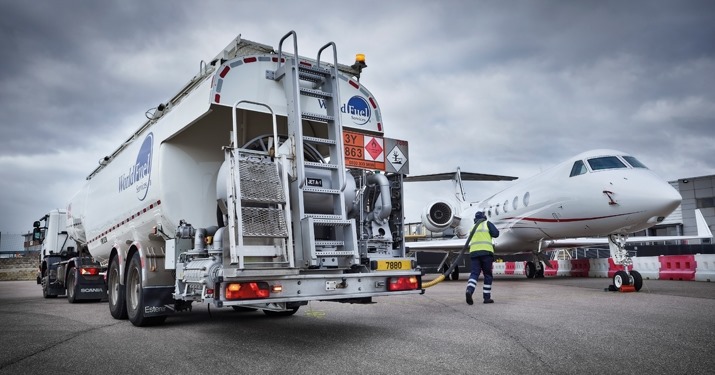
When you get into turboprop and jet this is much less of a concern as jet fuel is common and at all of the larger executive airports. The fuel availability is a concern comes when you are looking at smaller aircraft predominately piston driven, they burn avgas and it is becoming harder to obtain and usually sells at much higher cost.
Where is the nearest maintenance facility?
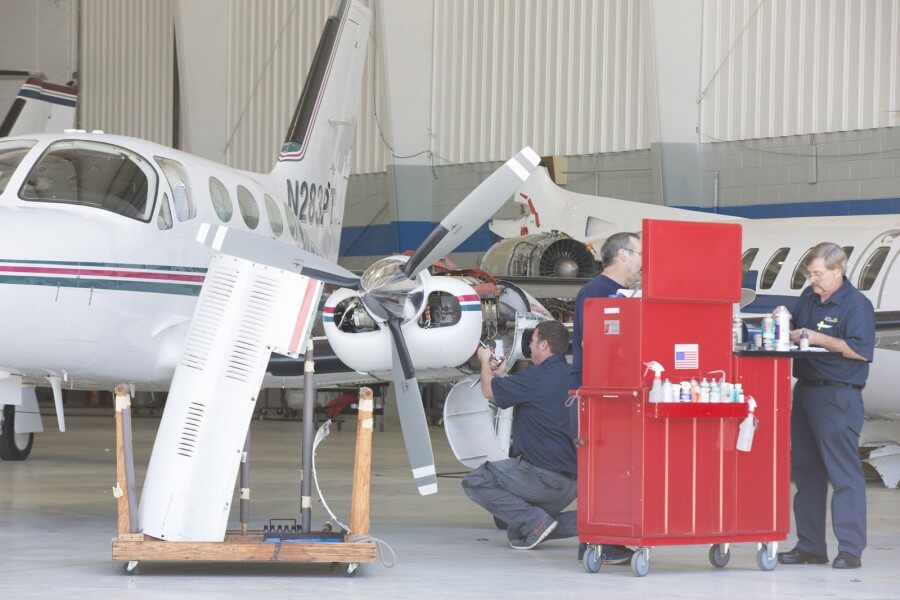
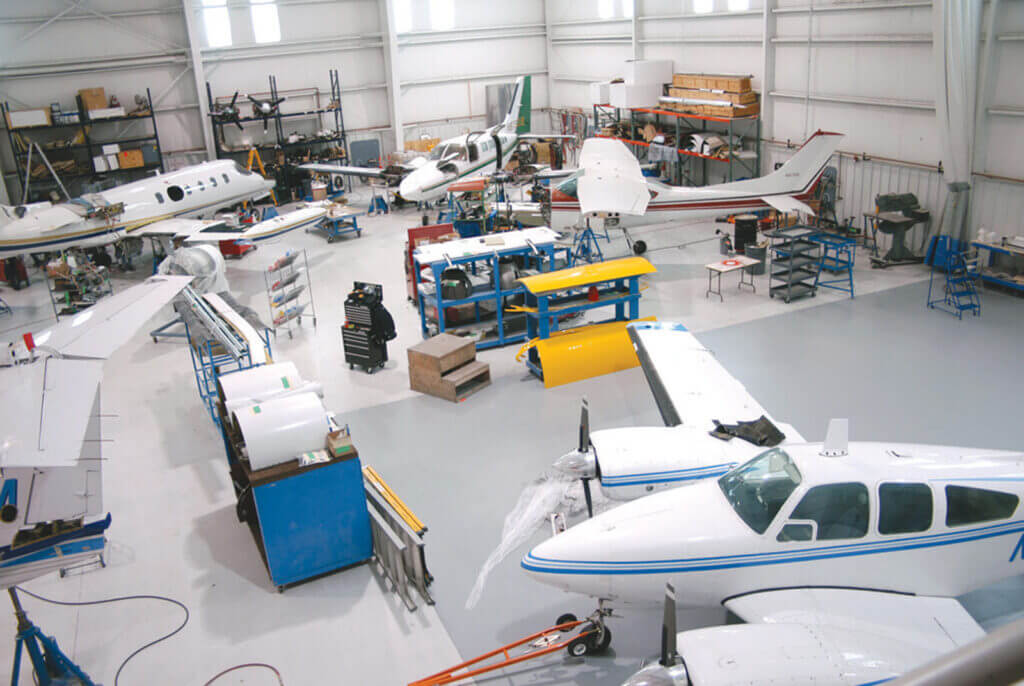
Having an Approved Maintenance Organization (AMO) that can provide general maintenance services on your aircraft type. Each aircraft type requires specialized manufacture training and certification by the Aircraft Maintenance Engineer (AME). Many FBOs have AMOs that employ type qualified AME’s on your common business aircraft.
Conclusion
We have discussed 4 ways to best ensure that your aircraft selection will fit nicely at its new home. The process of asking questions will set you up for ownership success. The answers to the question can also save you money.
For example if there is no AMO at the airport that can provide the maintenance you require does not mean that the airport is not suitable, it means there may be additional expenses incurred to be based at that airport. The additional expense could be the cost to move the aircraft to the maintenance facility. There are many owners that reposition for maintenance, as an owner you may need to decide if the convenience of an airport with out the AMO approved on your type is worth the cost to reposition.
